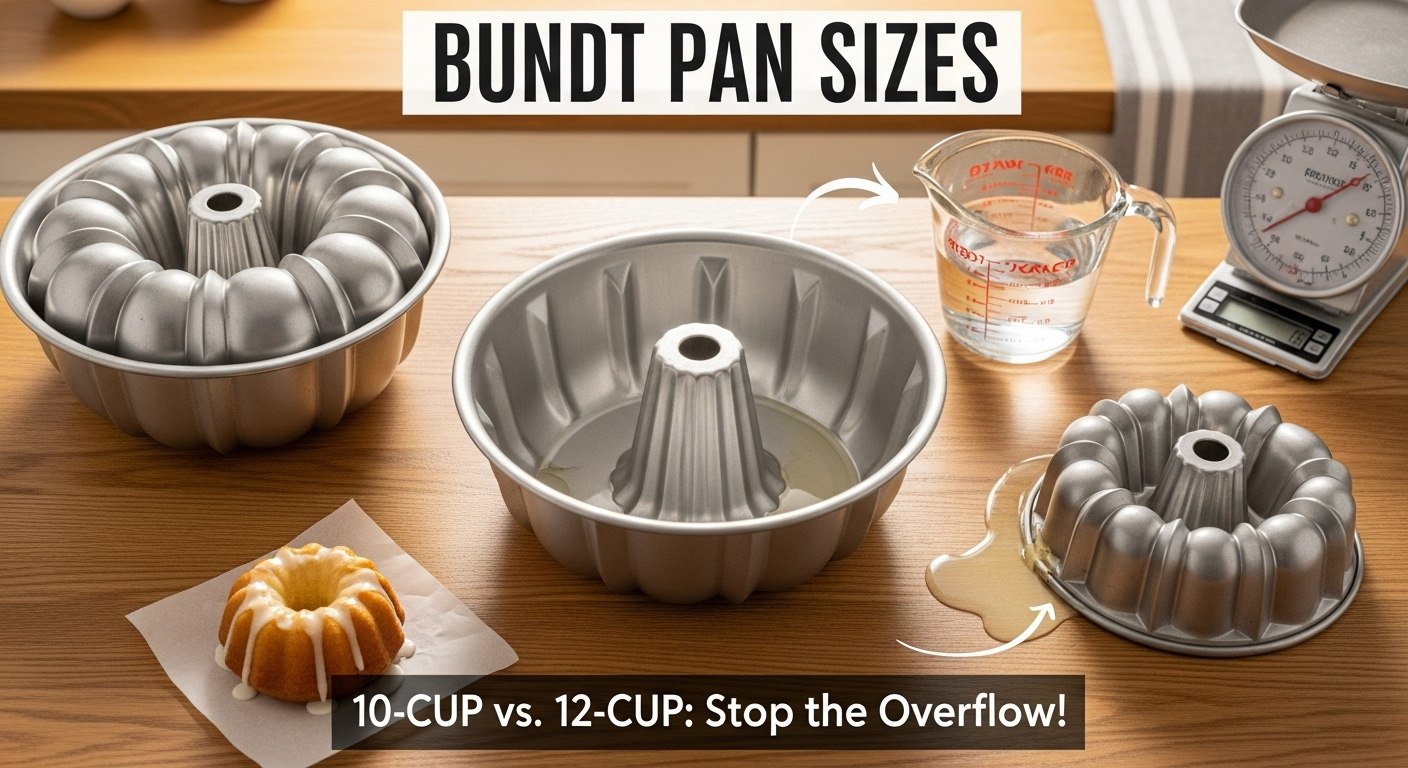
Let's be real, we've all been there. You spend an hour carefully measuring ingredients for a beautiful pound cake, pour the batter into your favorite bundt pan, slide it into the oven, and then—disaster strikes. Within twenty minutes, batter is bubbling over the edge, dripping onto the heating element, and filling your kitchen with that burnt sugar smell.
Why does this happen? Because bundt pans aren't one-size-fits-all! I learned the hard way that when it comes to bundt pans, the capacity in cups is far more important than the diameter in inches. That small difference in volume is often the sole reason your recipe fails or succeeds.
In this guide, we'll settle the debate on what size is a bundt pan, figure out how many cups does a bundt pan hold (the only measurement that truly matters), and compare the most popular sizes, from the classic 12-cup down to the tiny mini bundt pans.
Determining the Capacity: The "Cups" Rule
You might look at your pan and see it measures 10 inches across, but that measurement is nearly useless. The fluting—those beautiful ridges and swirls that make a bundt cake so appealing—greatly affect the actual volume. Two pans that are both 10 inches in diameter can easily have a 2-cup difference in capacity because one is much deeper or has more elaborate fluting.
This is why, when asking how many cups does a bundt pan hold, we ignore the ruler and grab the liquid measuring cup.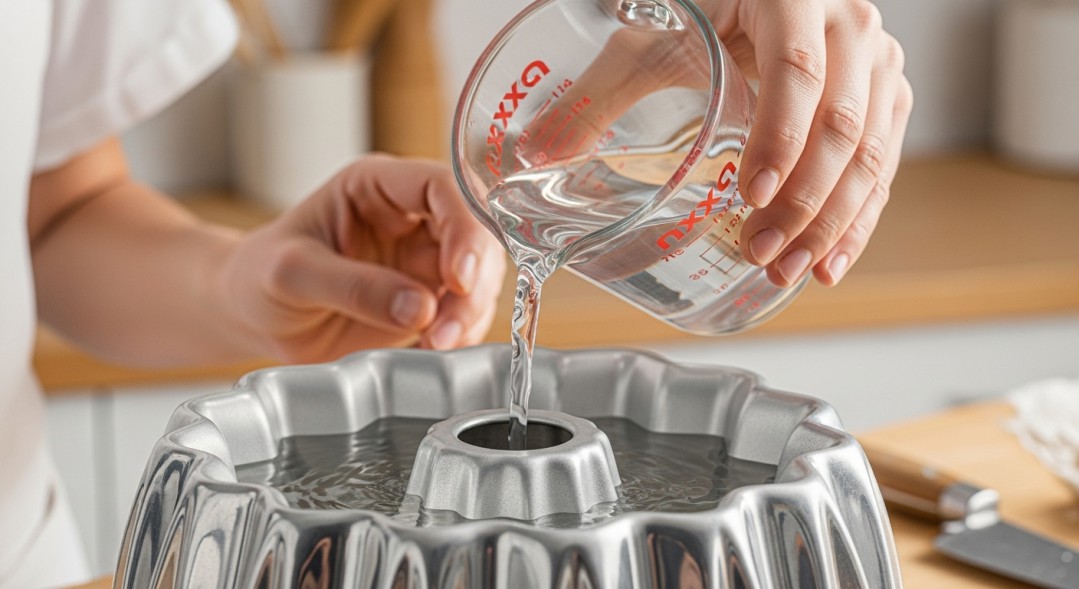
How to Measure a Bundt Pan: The Water Test
The only accurate way to find the true volume of any bundt pan is the water test. This is my go-to method for every new pan I buy:
- Place the empty bundt pan on a level surface (like your kitchen counter).
- Using a standard liquid measuring cup, slowly pour water into the pan, keeping track of the total number of cups added.
- Stop pouring the moment the water reaches about an inch below the rim. This inch of space is critical—it’s the headspace you need for the cake to rise safely during baking.
The total volume of water you poured in (up to that one-inch mark) is the effective capacity of your bundt pan.
The Classic Bundt Pan Sizes Explained
Most traditional recipes and store-bought pans fall into two primary categories. If you're wondering what is a standard bundt pan size, you’re usually looking at one of these two.
A. The Standard Workhorse: The 12-Cup Bundt Pan
This is the original standard bundt pan size that many classic cookbooks and older recipes (especially family ones) were written for.
- How big is a 12 cup bundt pan? Typically, they measure around 10 inches in diameter and are 4 to 4.5 inches deep. They usually hold 12 cups of batter comfortably.
- The Pro: It’s ideal for massive cakes, like traditional holiday rum cakes or dense sour cream pound cakes, where you need a large volume of batter to feed a crowd.
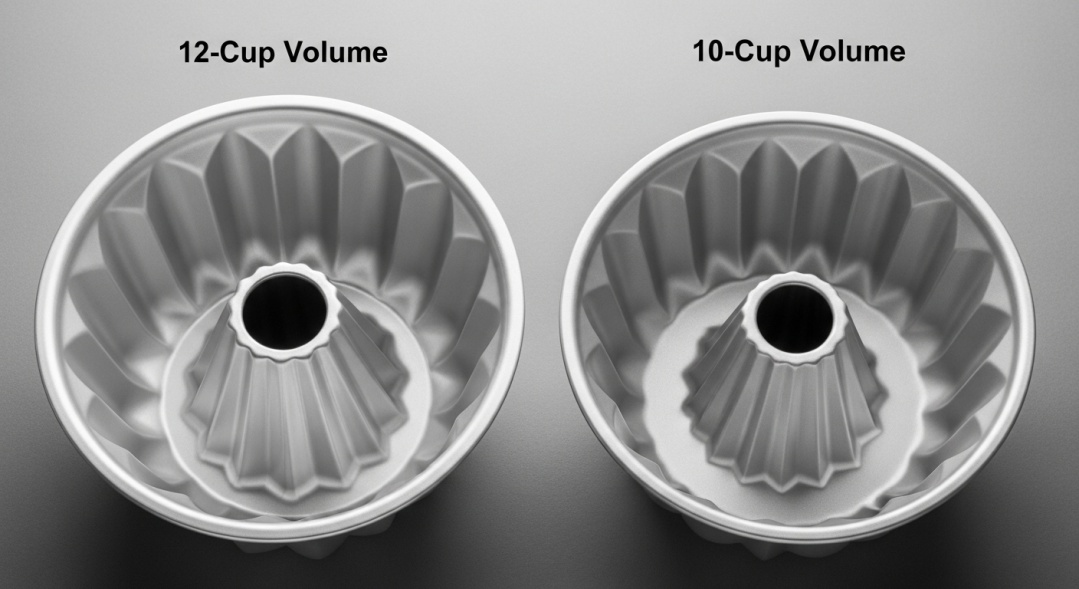
B. The Modern Standard: The 10-Cup Bundt Pan
The 10-cup bundt pan has become increasingly common in the modern market. While it looks very similar to its 12-cup cousin, that 2-cup difference is a serious hazard.
- How big is a 10 cup bundt pan? These pans are generally slightly smaller, usually measuring about 9 to 9.5 inches in diameter and slightly shallower.
- The Crucial Difference: If you try to put a full 12-cup recipe's worth of batter into a 10-cup pan, it will overflow. This is a common mistake! Always check your pan's capacity. Good news: most boxed cake mixes are designed to fit either a 10-cup or a 12-cup pan without overflowing, but scratch recipes require more care.
The Small and Mighty Bundts
Bundt pans don't always have to be about grand, oversized desserts. Sometimes, you just want a small treat or individual servings!
A. The Small Batch Star: 6-Cup Bundt Pan
The 6-cup bundt pan is a fantastic tool that I use constantly.
- How big is a 6 cup bundt pan? These are compact, usually measuring around 6 to 7 inches in diameter.
- My Authentic Observation: I find this size perfect for when my husband and I want a cake without a week's worth of leftovers. It’s also great for testing out a new glaze or flavor combination before committing to the ingredients required for a giant 12-cup cake. It's the ultimate low-commitment baking tool.
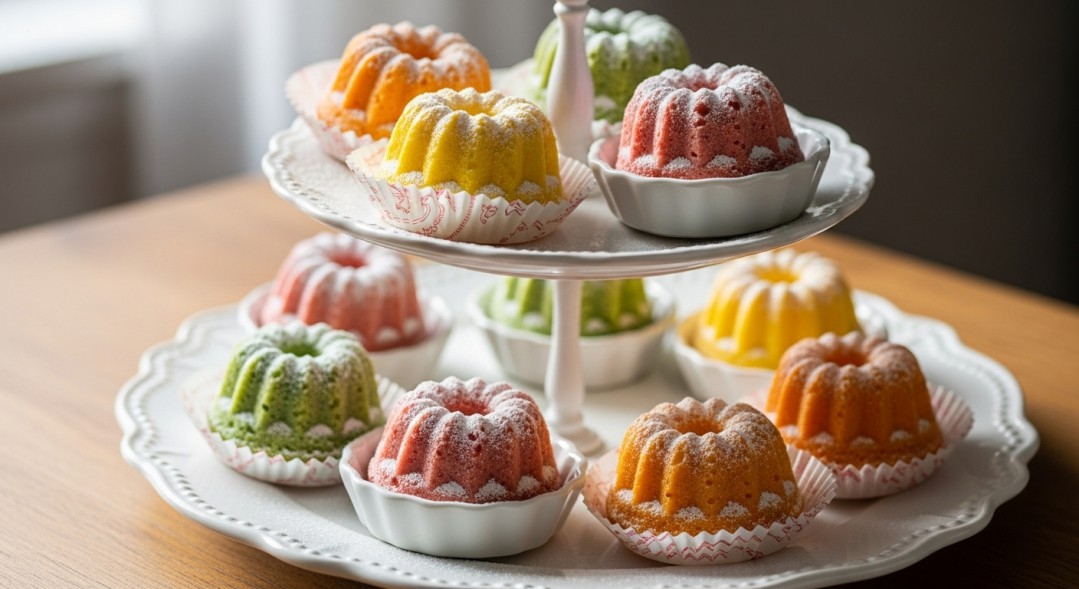
B. Mini and Individual Bundt Pans
These pans are all about presentation! Whether it’s a multi-cavity pan (often holding 6 to 12 mini cakes) or a set of tiny, single-serving aluminum pans, they make any dessert table look professional.
Mini Bundt Pan Sizes range significantly, but the individual cavity capacity is typically small—often between 1/2 cup to 1 cup per cake. They bake quickly and are perfect for filling with different creams or glazes for variety.
Troubleshooting and Pan Swaps
So, you have a recipe that yields 12 cups of batter, but you only have a 10-cup pan. Don’t panic! You don't have to throw out the extra batter.
Scaling Down Your Recipe
If your pan volume doesn't match the recipe volume, a little math saves the day. My simple trick is to find the ratio:
Example: You have a 10-cup pan, but the recipe is for 12 cups.
Calculation: 10÷12≈0.83
You need to scale down all ingredients by 83%. The extra 17% of batter can be baked into a few muffins or a small loaf pan.
Pro Tip: Remember that critical headspace! Always leave at least an inch (or about 1/4 of the total pan height) between the top of the batter and the top rim of the pan. This allows for safe rising.
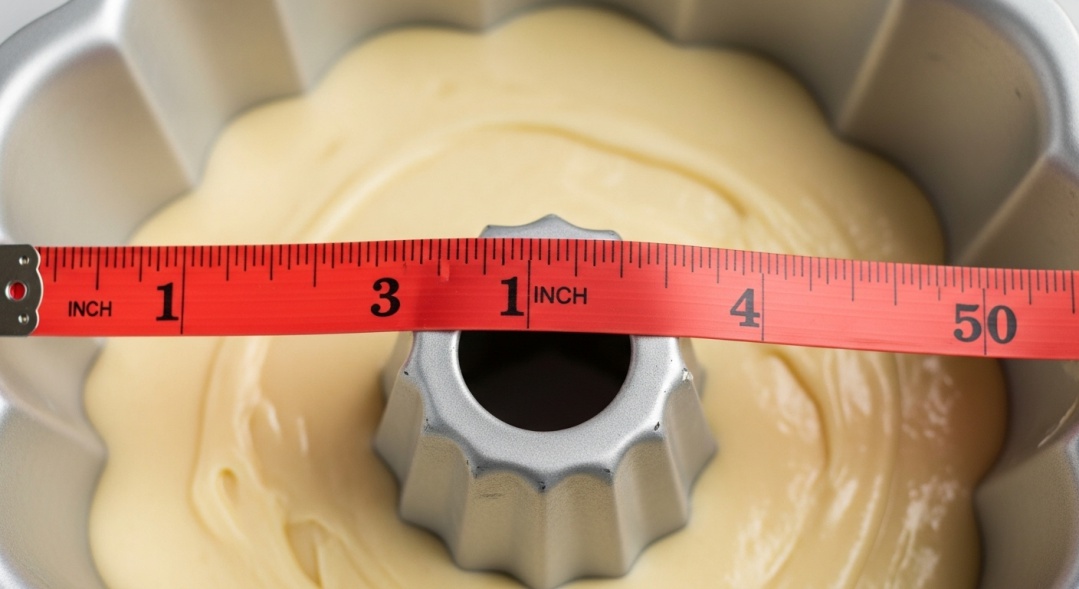
Alternative Pan Options
If you don't have the right bundt size, the best substitutes are high-sided pans with a center tube. These include:
- Tube Pans: Often used for angel food cake, these have straight sides and a removable bottom. They’re excellent for handling large volumes of rising batter.
- High-Sided Springform Pans: While they don't give you the classic bundt shape, they can hold a lot of batter and will still bake evenly if you place an oven-safe cone or metal cup in the center to create a 'donut' hole.
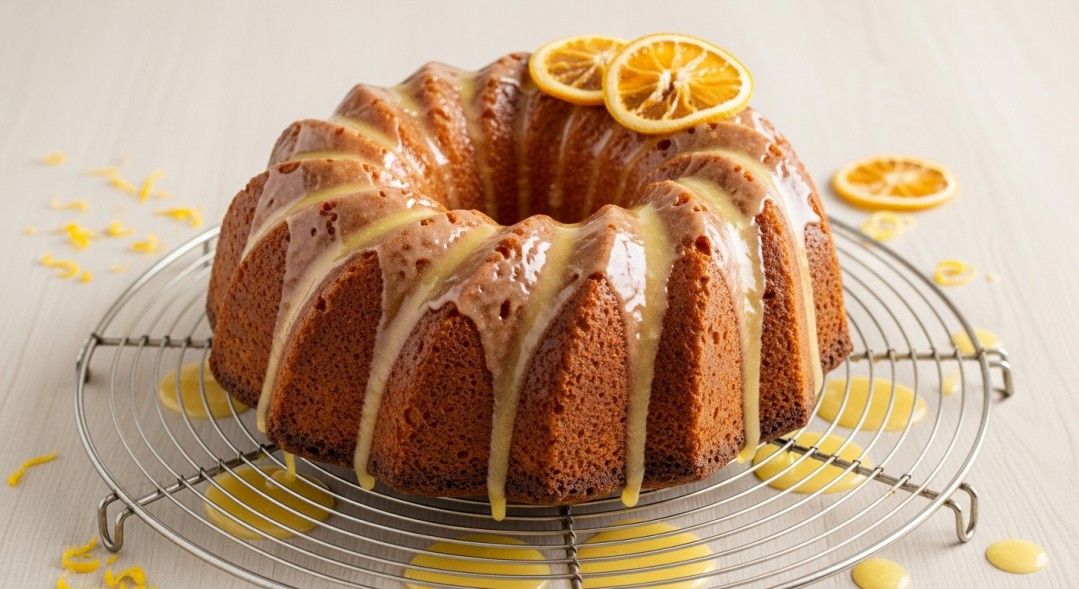
Conclusion
The most important lesson in the world of bundt baking is this: stop trusting the diameter measurement on the box. What you really need to know is the volume—how many cups does a bundt pan hold? By knowing that capacity and performing the simple water test, you guarantee a perfect, non-overflowing cake every single time.
Go ahead, check your favorite bundt pan right now! Then tell me, what's your go-to pan size for the holidays?
Leave a Reply